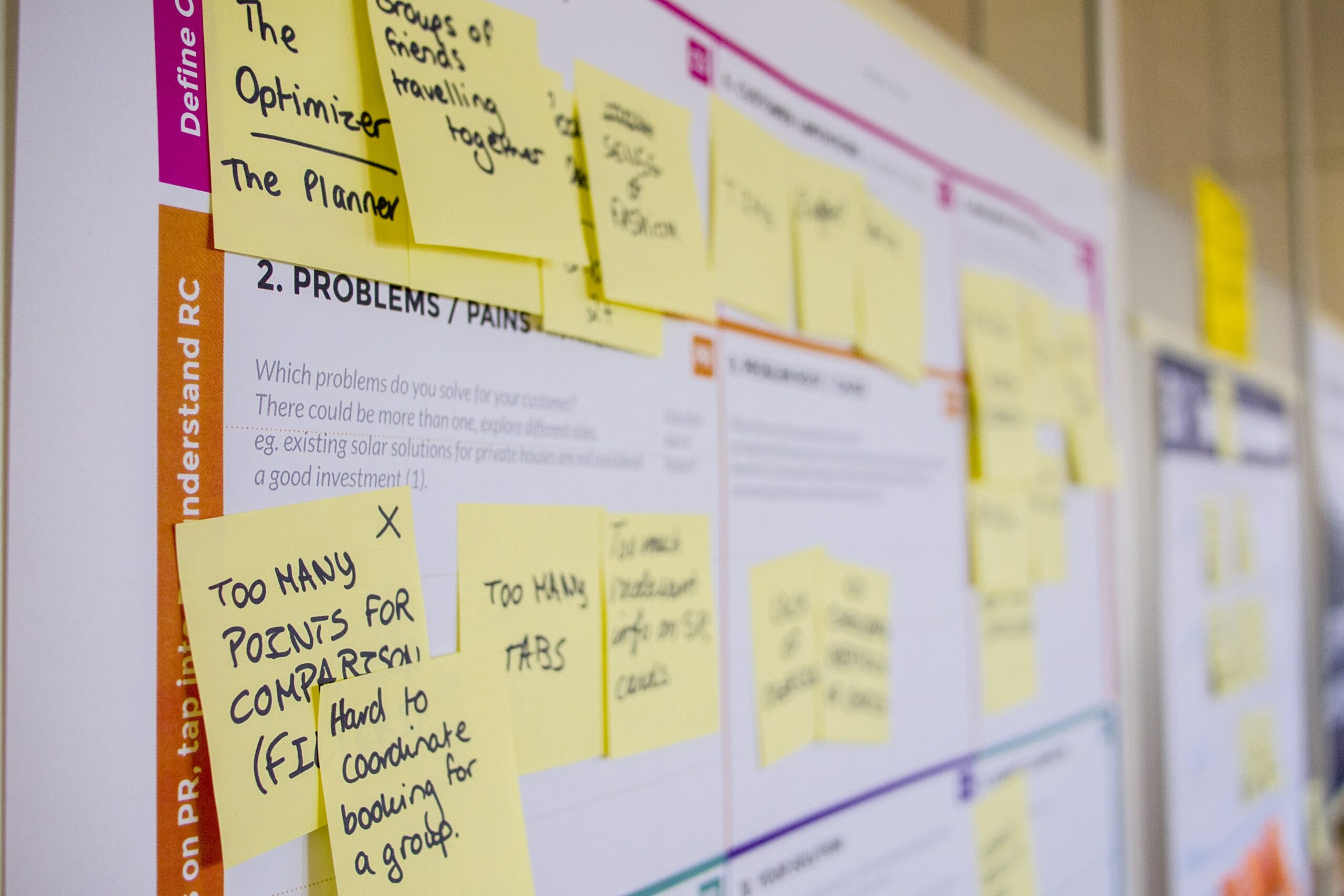Starting a new business can seem like a daunting task. With so many details to consider and decisions to make, the planning process can often become overwhelming. However, the Lean Canvas model provides a streamlined, efficient approach to business planning that can help startups achieve success.
Understanding the Lean Canvas Model
The Lean Canvas model is a visual framework that helps startups develop and test their business ideas quickly and effectively. Unlike traditional business plans, which can be lengthy and complex, the Lean Canvas model simplifies the process, focusing only on the most essential elements of a startup’s business model.
Origins of the Lean Canvas
The Lean Canvas was developed by entrepreneur and author Ash Maurya as a tool for startups to quickly validate their business ideas and identify potential roadblocks. It draws inspiration from the Lean Startup methodology, which emphasizes rapid experimentation and iterative development.
The Lean Canvas has become increasingly popular in recent years, particularly among tech startups and other innovative businesses. This is due in part to its flexibility and adaptability, as well as its ability to help entrepreneurs stay focused on the most important aspects of their business.
Key Components of the Lean Canvas
The Lean Canvas model consists of nine key elements:
- Problem
- Solution
- Key Metrics
- Unique Value Proposition
- Channels
- Revenue Streams
- Cost Structure
- Customer Segments
- Unfair Advantage
Each of these elements plays a crucial role in helping startups develop and refine their business models. For example, the “Problem” element encourages entrepreneurs to identify the key challenges or pain points that their target customers are facing, while the “Solution” element asks them to consider how their product or service can address these issues in a unique and compelling way.
Benefits of Using the Lean Canvas
One of the biggest benefits of using the Lean Canvas model is its simplicity. By focusing only on the most critical elements of a startup’s business model, entrepreneurs can save time and resources that might otherwise be spent on developing a more complex business plan.
In addition, the Lean Canvas model encourages collaboration among team members and stakeholders, allowing for more efficient decision-making and a greater likelihood of success. By involving a wide range of perspectives and expertise, startups can identify potential challenges and opportunities more quickly and develop effective strategies to address them.
Overall, the Lean Canvas model is a powerful tool for startups looking to develop and test their business ideas in a fast and effective way. By focusing on the most essential elements of their business model and encouraging collaboration and experimentation, entrepreneurs can increase their chances of success and build sustainable, scalable businesses.
Implementing the Lean Canvas in Your Startup
Now that you understand the benefits of the Lean Canvas model, it’s time to start implementing it in your startup. Here is a step-by-step guide to creating a Lean Canvas:
Step-by-Step Guide to Creating a Lean Canvas
- Start by identifying the problem that your startup is solving. This should be a specific, well-defined issue that you believe your product or service can address.
- Next, consider your solution to the problem. What unique approach does your startup take to solve the problem?
- Determine the key metrics that you will use to measure the success of your startup. These might include revenue growth, customer acquisition, or user engagement.
- Develop a unique value proposition that sets your startup apart from its competitors. What makes your product or service different?
- Consider the channels through which you will reach your customers. Will you use social media, email marketing, or other tactics?
- Identify potential revenue streams for your startup. This might include direct sales, advertising, or subscription fees.
- Estimate the cost structure for your startup. What expenses will you need to cover to operate the business?
- Determine the target customer segments for your startup. Who are the people who will benefit most from your product or service?
- Finally, consider your unfair advantage. What unique skills, resources, or connections do you have that will help your startup succeed?
Tips for Effective Lean Canvas Use
While the Lean Canvas model is designed to be simple and straightforward, there are a few tips to keep in mind to make the most of your planning efforts:
- Be honest about potential roadblocks and challenges.
- Engage with customers and stakeholders to validate your ideas.
- Continually revise and refine your Lean Canvas as your business grows and evolves.
Common Mistakes to Avoid
Some common mistakes to avoid when using the Lean Canvas model include:
- Failing to identify the target customer segments accurately.
- Ignoring potential costs and expenses.
- Overestimating revenue projections.
Adapting the Lean Canvas to Your Unique Business Needs
While the Lean Canvas model provides a comprehensive framework for business planning, it’s essential to remember that every startup is unique. Here are some tips for customizing the Lean Canvas for your specific needs:
Customizing the Lean Canvas for Different Industries
The key elements of the Lean Canvas model can be adapted to suit different industries and business models. For example, a software startup might focus on user acquisition and engagement, while a brick-and-mortar retailer might emphasize physical location and customer service.
Integrating the Lean Canvas with Other Business Planning Tools
The Lean Canvas model can also be used in conjunction with other business planning tools, such as SWOT analysis or Porter’s Five Forces. By combining different planning methods, entrepreneurs can gain a comprehensive understanding of their business model and develop effective strategies for success.
Evolving Your Lean Canvas as Your Startup Grows
Finally, it’s essential to remember that the Lean Canvas model is not set in stone. As your startup grows and evolves, so too should your business plan. Be open to new ideas and be willing to revise and refine your Lean Canvas as needed to stay ahead of the competition.
Conclusion
The Lean Canvas model is a powerful tool for startups looking to streamline their business planning process and achieve success. By focusing on the most critical elements of a startup’s business model, entrepreneurs can save time and resources while developing effective strategies for growth and innovation. Whether you’re just starting out or looking to evolve your existing business, the Lean Canvas model is a valuable resource that can help you achieve your goals.








